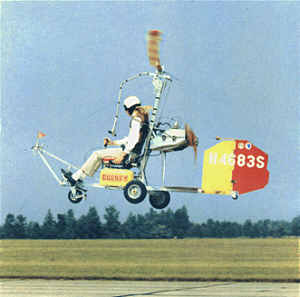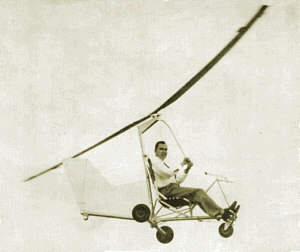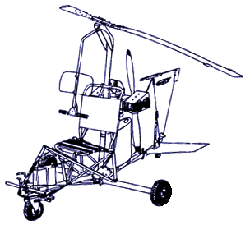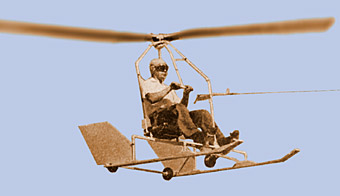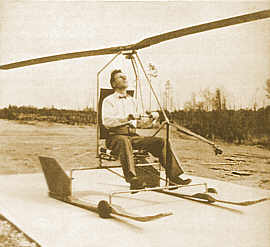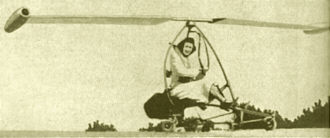|
|
||
|
In the 1950s Bensen Aircraft Corporation exploded upon the sport aviation scene with their ground-breaking "Gyrocopters" and "Gyrogliders." When the brilliant engineer behind this success, Dr. Igor Bensen, introduced the B-7 Gyroglider (1955), its unprecedented simplicity of design and ease of flight captured the public's imagination. Although the B-7 had no engine and was towed into the air very much like a kite, shortly thereafter the engine-powered B-7M Gyrocopter was introduced and a new age of powered homebuilt aircraft dawned. Dr. Bensen's revolutionary designs have been copied and modified, but, in the opinion of many, never surpassed. |
||
|
||
|
The gyroplane (or "gyrocopter" or simply "gyro") is essentially a helicopter-airplane hybrid, offering many of the benefits of both and several of its own. Many consider it among the safest aircraft you can fly. Unlike a helicopter, the gyro's rotor blades are unpowered, necessitating a short roll for take-off—unless the craft is fitted with a pre-rotator, which can greatly reduce or even eliminate the need for a runway. A major safety feature of the gyro is that if the engine fails, the craft can be easily glided to a safe landing. Also, the gyro is less affected by high wind than typical fixed-wing aircraft and is not subject to stall. |
|
SPECIFICATIONS OF THE B-8M GYROCOPTER Height.......................................................... 6½ ft Length .......................................................... 11 ft Empty Weight......................................... 250 lbs Gross Weight ........................................ 550 lbs Payload Weight ..................................... 300 lbs Rotor Diameter ........................................ 20½ ft Disc Loading (lbs/sq ft) ................................ 1.6 Engine (original) .................. McCulloch 4318 Horsepower Range................................ 65 to 90 Maximum Speed ..................................... 95 mph Cruise Speed ........................................... 65 mph Rate Of Climb .................................... 1,100 fpm Maximum Altitude .............................. 15,000 ft |
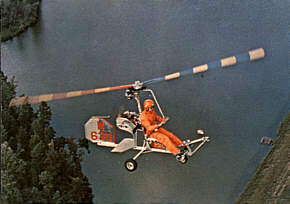 |
|
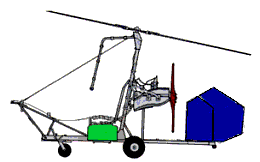 |
The B-8M Gyrocopter
(left and above) fits in the Experimental Aircraft category. |
|
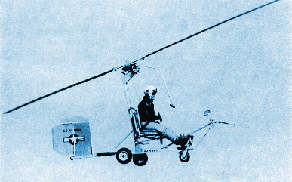
 |
||
|
The above 2 aircraft are the unpowered Bensen B-8 Gyrogliders, which were towed into the air by an automobile or, if fitted with floats, by a boat. Once airborne, the cable was released and, with proper skill and perhaps some help from the wind, the craft could continue its flight for many minutes. Once control of the glider was mastered, the craft was convertible to the engine-powered gyrocopter. |
||
|
|
||

